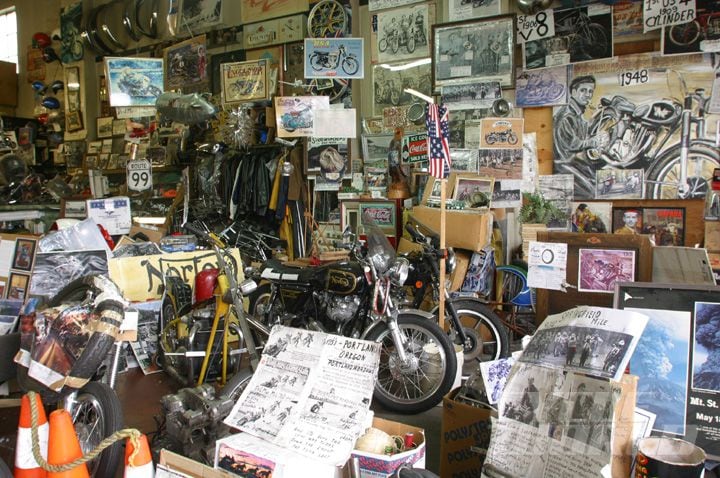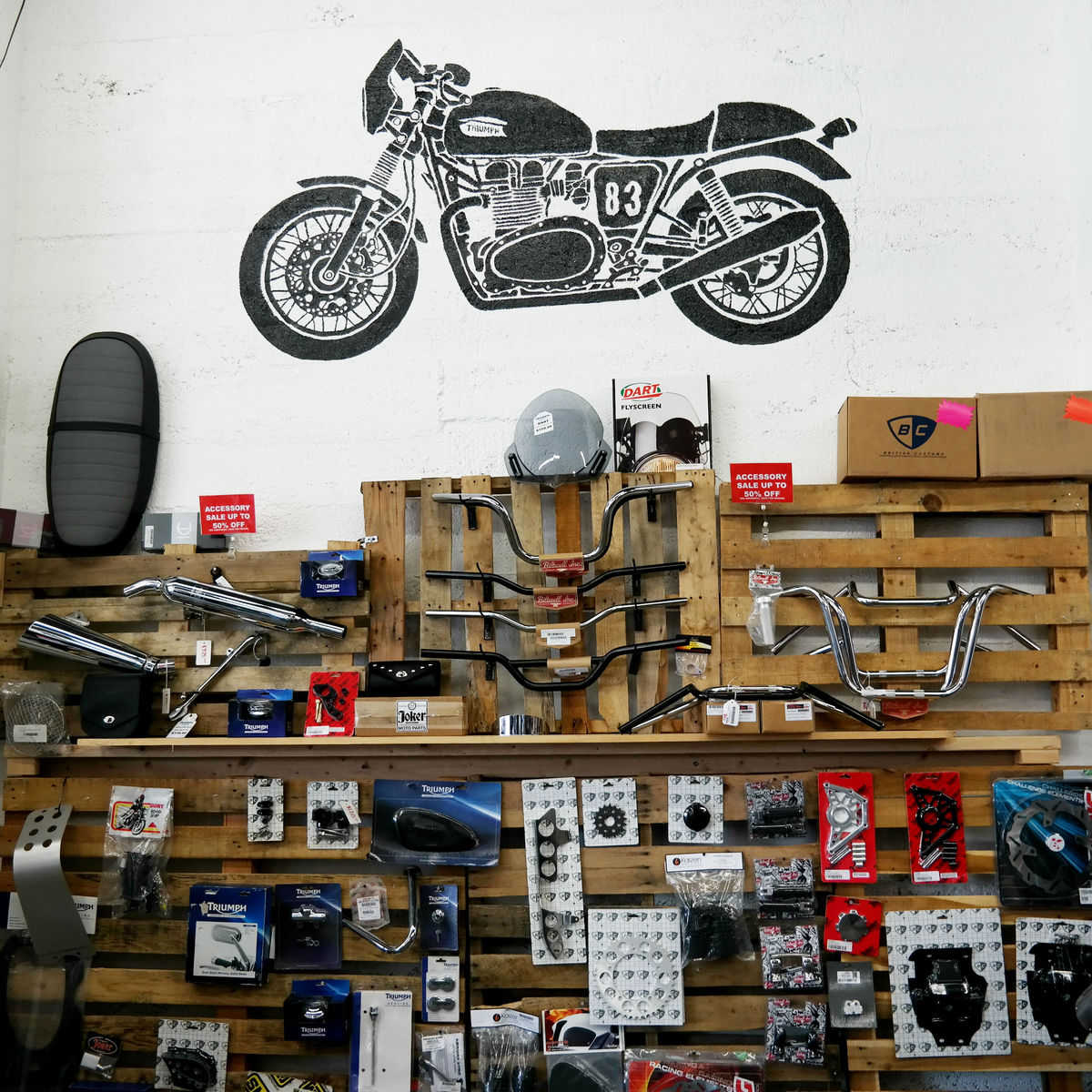Recognizing the Important Parts of a Bike: A Comprehensive Guide for Enthusiasts
For motorbike lovers looking to boost their riding experience and ensure their bikes run smoothly, understanding the essential elements of a bike is vital. Each component, from the engine's intricate workings to the important role of the braking devices, not just affects performance yet additionally safety and security and comfort.
Engine Parts

The camshaft plays an important function in managing the timing of the engine's valves, making sure the precise opening and closing needed for reliable fuel and air consumption, as well as exhaust expulsion. This timing is critical to maintaining optimal engine performance and effectiveness. Furthermore, the carburetor or fuel injection system, depending on the motorcycle model, is accountable for mixing air with gas in the correct proportion for combustion.
The cooling system, either air or liquid-based, functions to keep the engine's temperature level within operational limits, protecting against overheating and ensuring longevity - mx parts nz. Each element, meticulously made and integrated, adds to the smooth procedure of the engine, specifying the motorcycle's power output and total performance
Transmission System
Indispensable to the bike's performance, the transmission system guarantees effective power transfer from the engine to the wheels. This system comprises numerous critical components, consisting of the clutch, transmission, and last drive, each playing a crucial role in translating the engine's power right into activity. The clutch, normally operated by a hand bar, offers to involve and disengage the engine from the transmission, permitting smooth gear adjustments and controlled velocity.
The gearbox, typically referred to as the transmission proper, has a set of equipments that bikers can manually change through to adjust the bike's speed and torque outcome. These equipments are prepared in a series that enables the motorcycle to accelerate efficiently and keep ideal engine performance across numerous speeds. Most bikes utilize a consecutive gearbox, calling for the cyclist to change gears in a predetermined order.
Braking Systems
While understanding the transmission system is essential to taking advantage of a motorcycle's power, just as essential is the ability to control and stop that power efficiently, which is where braking devices enter play. Brakes are important for security and performance, giving the cyclist with the needed control to navigate various surfaces and problems. Normally, motorcycles include two kinds of braking systems: disc brakes and drum brakes.
Disc brakes are extra prevalent in modern motorcycles due to their remarkable efficiency. This system provides much better warm dissipation, consistent efficiency, and boosted stopping power, specifically in damp problems.
On the other hand, drum brakes, though much less usual, are still discovered in some bikes. They work by pressing brake shoes against the inner surface area of a drum affixed to the wheel. While usually much less reliable in warmth dissipation and stopping power, drum brakes are less complex custom motorcycle helmets with bluetooth and much more cost-efficient.
Recognizing these stopping systems' subtleties permits cyclists to preserve their motorbikes appropriately and value the design that guarantees effective and risk-free navigate to these guys quiting.
Suspension and Guiding
Suspension and steering systems are important components that significantly affect a motorbike's handling and ride comfort. The suspension system, including forks at the front and shock absorbers at the back, takes in roadway irregularities, improving stability and control. Front forks, normally telescopic or inverted, compress and rebound to alleviate impacts, while back shock absorbers preserve tire call with the roadway, vital for grip and security.
Steering, centered around the handlebars, attaches the cyclist to the motorcycle's directional control. The guiding head bearings guarantee smooth procedure, permitting specific maneuverability. Appropriate placement and upkeep of these bearings are vital for foreseeable guiding response and reducing motorcyclist exhaustion.
The suspension's adjustability is one more essential facet; preload, damping, and rebound setups allow modification to suit various riding problems and styles. This flexibility is crucial for optimizing efficiency, whether navigating city roads or tackling rugged tracks. Technologies like digital shock absorber provide real-time adjustments, improving ride top quality across varied terrains.

Electric Equipments
After making certain a smooth and regulated adventure with reliable suspension and guiding systems, interest transforms to the electric systems, a critical facet of modern-day bikes. These systems play an important role not just in starting the engine but also in powering numerous elements that boost the capability and safety and security of the motorbike.
At the heart of a bike's electric system is the battery, which stores electrical power necessary for starting the engine and powering auxiliary systems - mx parts nz. The alternator or generator, combined with the rectifier-regulator, ensures the battery stays billed while the bike functions, transforming power into electric energy and keeping voltage degrees
The ignition system, one more critical element, is accountable for igniting i was reading this the air-fuel blend in the engine's cylinders. Modern motorbikes often utilize a digital ignition system, offering higher performance and dependability compared to traditional systems.
Illumination systems, consisting of fronts lights, tail lights, and indicators, are also crucial, guaranteeing presence and safety for the biker. Additional digital parts such as sensors, control systems, and presents add to advanced attributes like gas shot monitoring, anti-lock braking systems (ABDOMINAL), and digital control panels, additionally enhancing the riding experience.
Conclusion
A detailed comprehension of a motorcycle's important components, including the engine, transmission system, braking systems, suspension, steering, and electrical systems, is essential for enthusiasts intending to optimize performance, safety, and comfort. Mastery of these aspects enables notified choices pertaining to maintenance and upgrades, ultimately enhancing the riding experience. By integrating this understanding, bikers can guarantee their motorcycles operate at peak efficiency and integrity, therefore taking full advantage of both enjoyment and long life of their automobiles.
For motorcycle lovers looking to raise their riding experience and guarantee their bikes run efficiently, understanding the important parts of a motorbike is extremely important.Essential to the motorcycle's performance, the transmission system ensures efficient power transfer from the engine to the wheels.While understanding the transmission system is vital to taking advantage of a motorcycle's power, equally essential is the capability to manage and quit that power efficiently, which is where braking mechanisms come into play. Normally, motorbikes feature two kinds of braking systems: disc brakes and drum brakes.
A complete comprehension of a motorbike's crucial elements, consisting of the engine, transmission system, braking devices, suspension, steering, and electrical systems, is important for enthusiasts aiming to optimize safety, performance, and convenience.
Comments on “Shop the most effective MX Parts NZ for Your High-Performance Bike”